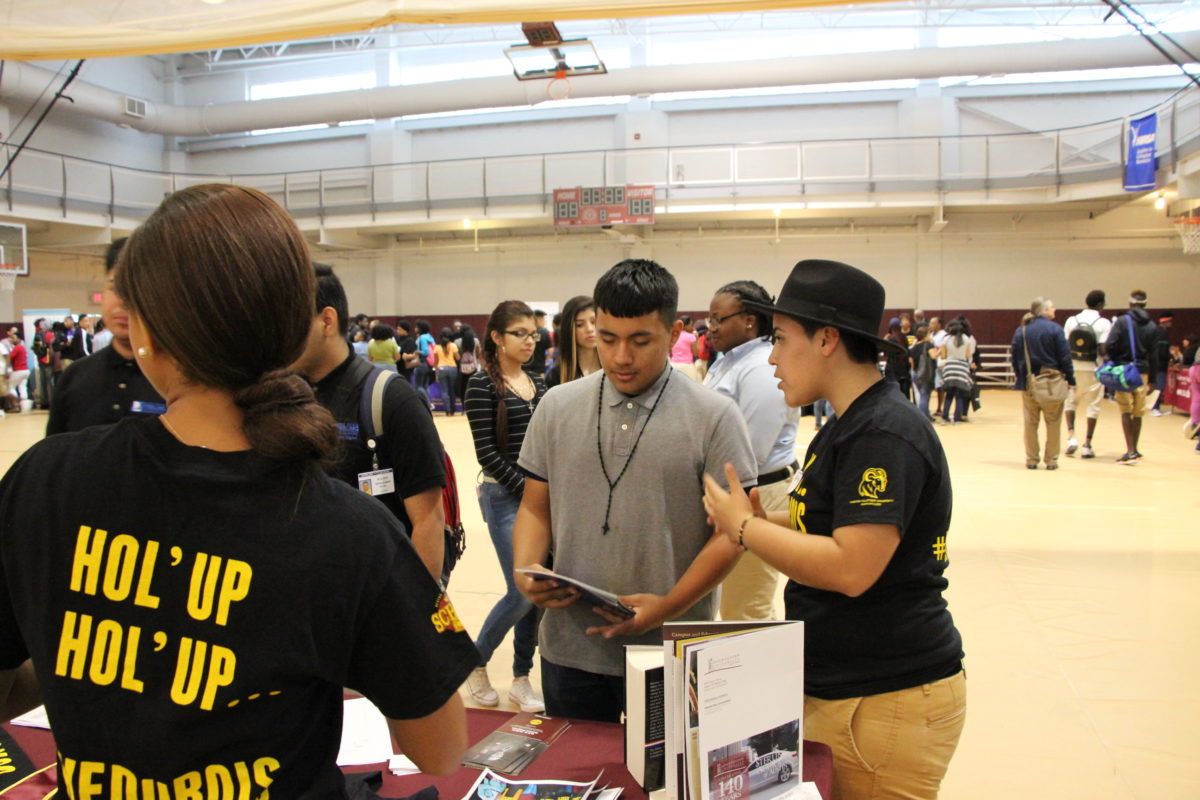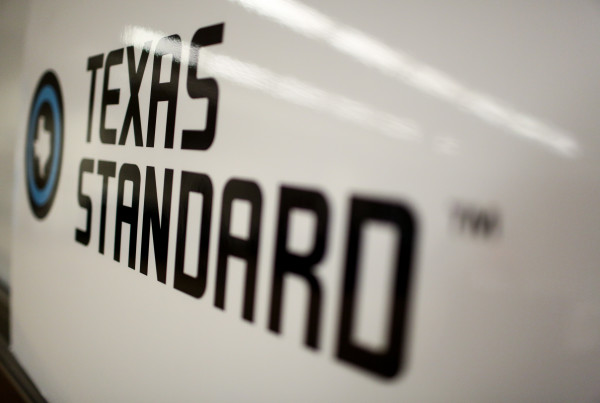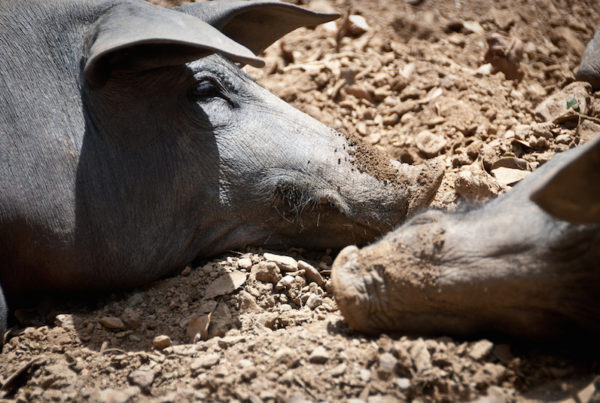From Houston Public Media:
When Angelica Erazo finished high school in Alief near Southwest Houston, she knew what she wanted in a college.
“I wanted a place that was small, one-to-one learning, because I wasn’t so sure how prepared I was to go. Second, I wanted something close to the capital, that would give me a lot of opportunities,” she said.
Erazo also wanted to study political science and play soccer. She found it all – and scholarships – at a historically black college, Huston-Tillotson University in Austin.
Now a proud graduate, Erazo, 22, volunteers to recruit other Latino students to follow her lead.
She recently worked inside the student center at Texas Southern Universitywhere hundreds of high schoolers milled about, checking out seven historically black colleges and universities, or HBCUs. There were a lot of black and Latino students, and Erazo had her pitch ready.
“We don’t feel excluded. At an HBCU, you feel included, you will get that help,” she said. “When you’re feeling down, you have a family to look at. You have professors who have been trained to help students like you. So if you want feel in an environment where you can progress, instead of pulling you back, go to an HBCU.”
Erazo is part of an influx of Latino students at historically black colleges. Take her alma mater. Latinos made up 19 percent of students at Huston-Tillotson in 2014, according to federal data.
Texas leads this national trend, according to a report on the changing face of historically black colleges from the University of Pennsylvania.
Other schools like TSU and Prairie View A&M University have also seen a jump in Latino enrollment.
Brian Armstrong, the executive director of admissions at TSU, said that their numbers have gone from 4 percent five years ago to almost 7 percent.
“Our focus has been African-American students, but in 2016 that includes all students, of all backgrounds, that want to have a higher education,” Armstrong said.
It’s also a part of their business model as HBCUs tackle problems with unequal government funding and declining enrollment, which have forced some schools to close.
TSU even markets itself on Spanish-language radio and other Hispanic media.
That makes sense to Professor Jerry Crawford II. He’s studied these colleges at the University of Kansas.
“And, unfortunately, a lot of the missions of HBCUs are having to change to a strategy of business. And that’s the integral part now of how do HBCUs survive,” Crawford said.
Crawford also believes that this trend reaffirms their mission to educate people often oppressed in society.
As a first generation college student, Erazo said that her school felt like home. She was born and raised in Houston by her mom, who immigrated from Honduras.
“So I felt like yeah, I’m just a different person and you’re like a brother and sister to me. But only our skin is a little bit different, but I still have the same love for you,” Erazo said.
Her next plan is apply to law school.














